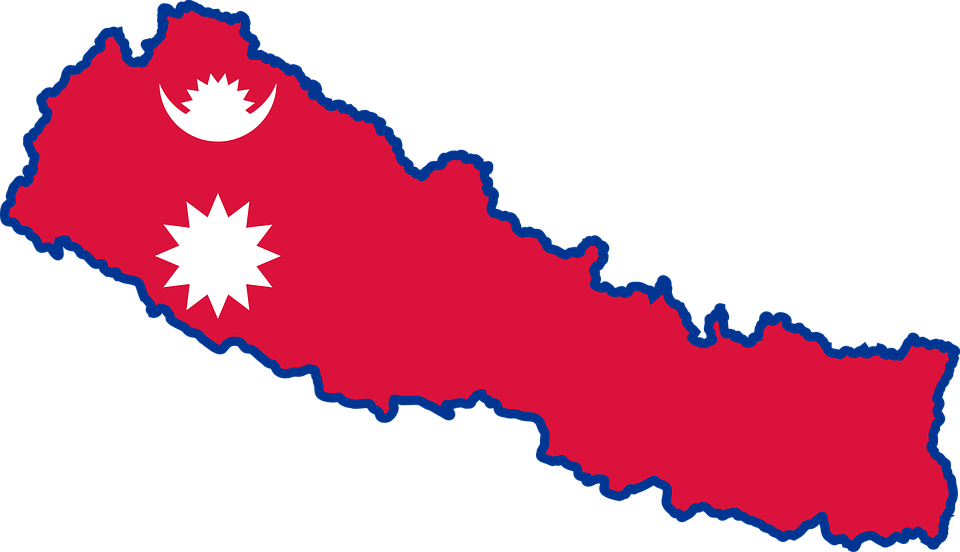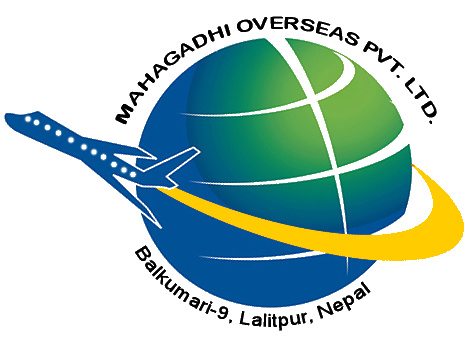About Nepal

The Federal Democratic Republic of Nepal, is a landlocked sovereign state located in South Asia. With an area of 147,181 square kilometers and a population of approximately 27 million (and nearly 2 million absentee workers living abroad), Nepal is the world’s 93rd largest country by land mass and the 41st most populous country. It is located in the Himalayas and bordered to the north by the People’s Republic of China, and to the south, east, and west by the Republic of India.
Tourism is one of the main sources of income of Nepal, where the facility of jungle safari, rafting, trekking and sightseeing is abundantly available for the tourists. About 80% of the population live in remote rural villages and farming is their main source of income. Due to unemployment in the country, the Nepalese government has granted approval to foreign employment maintaining due process through the concerned agencies or organization to provide necessary manpower to the foreign country.
Nepali Culture
Cultural practices in Nepal differ from one place to another. A conglomeration lies in capital city Kathmandu where centuries of several cultural groups living together has led to form a national identity. Kathmandu Valley has served as the Nepal’s cultural metropolis since the unification of Nepal in the eighteenth century by Late King Prithvi Narayan Shah from Gorkha. The timeless Kathmandu Valley that has attracted explorers and conquerors since the beginning of its history, encompasses in its boundary cities of Kathmandu, Bhaktapur and Lalitpur, all three cities that provide a peek into the bygone era of splendor.
Economy of Nepal
An isolated, agrarian society until the mid 20th century, Nepal entered the modern era in 1951 without schools, hospitals, roads, telecommunications, electric power, industry, or civil service. The country has, however, made progress toward sustainable economic growth since the 1950s and is committed to a program of economic liberalization.
Agriculture remains Nepal’s principal economic activity, employing 80% of the population and providing 37% of GDP. Only about 20% of the total area is cultivable; another 33% is forested; most of the rest is mountainous. Rice and wheat are the main food crops. The lowland Terai region produces an agricultural surplus, part of which supplies the food deficient hill areas.
Nepal at Glance
| Name of the Country: | Federal Democratic Republic Of Nepal |
| Area | 140,800 sq km |
| Population | 27 million |
| Capital City: | Kathmandu |
| People | Newar, Brahmins, Chhetris, Tibetans, Gurungs, Magars, Tamangs, Rais, Limbu, Sherpas |
| National Language | Nepali |
| Inflation | 2.1% |
| Annual Growth: | 6% |
| Major income sources | Tourism, Handicraft, Agriculture and Remittance |

Phone: +977-1-5186063, 5186062
Email: mahagadhioverseas@gmail.com
mahagadhioverseas13@gmail.com